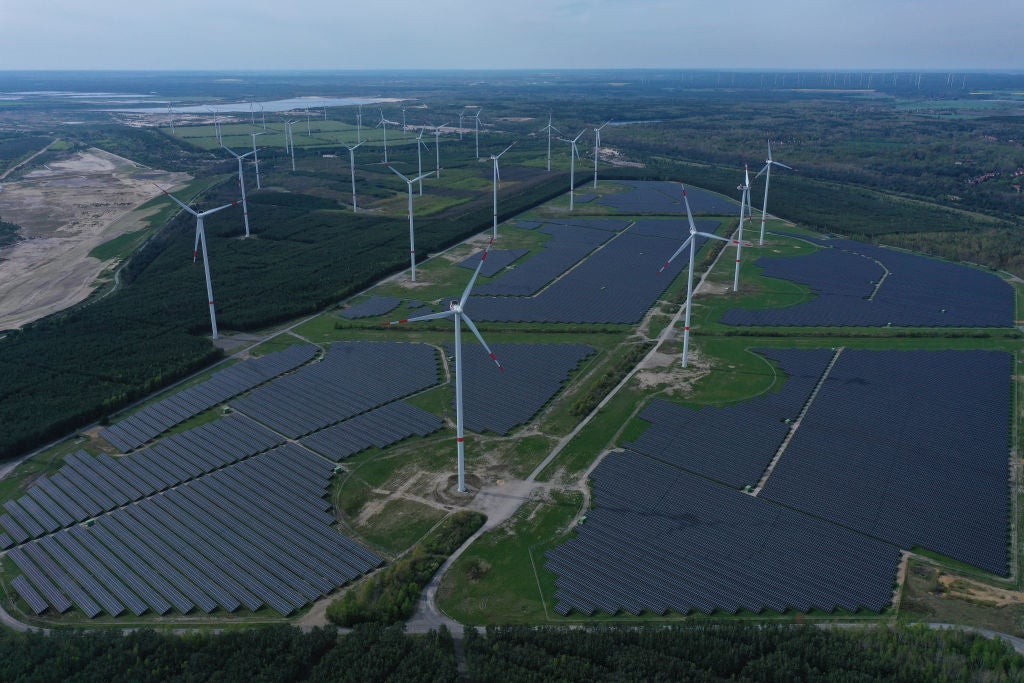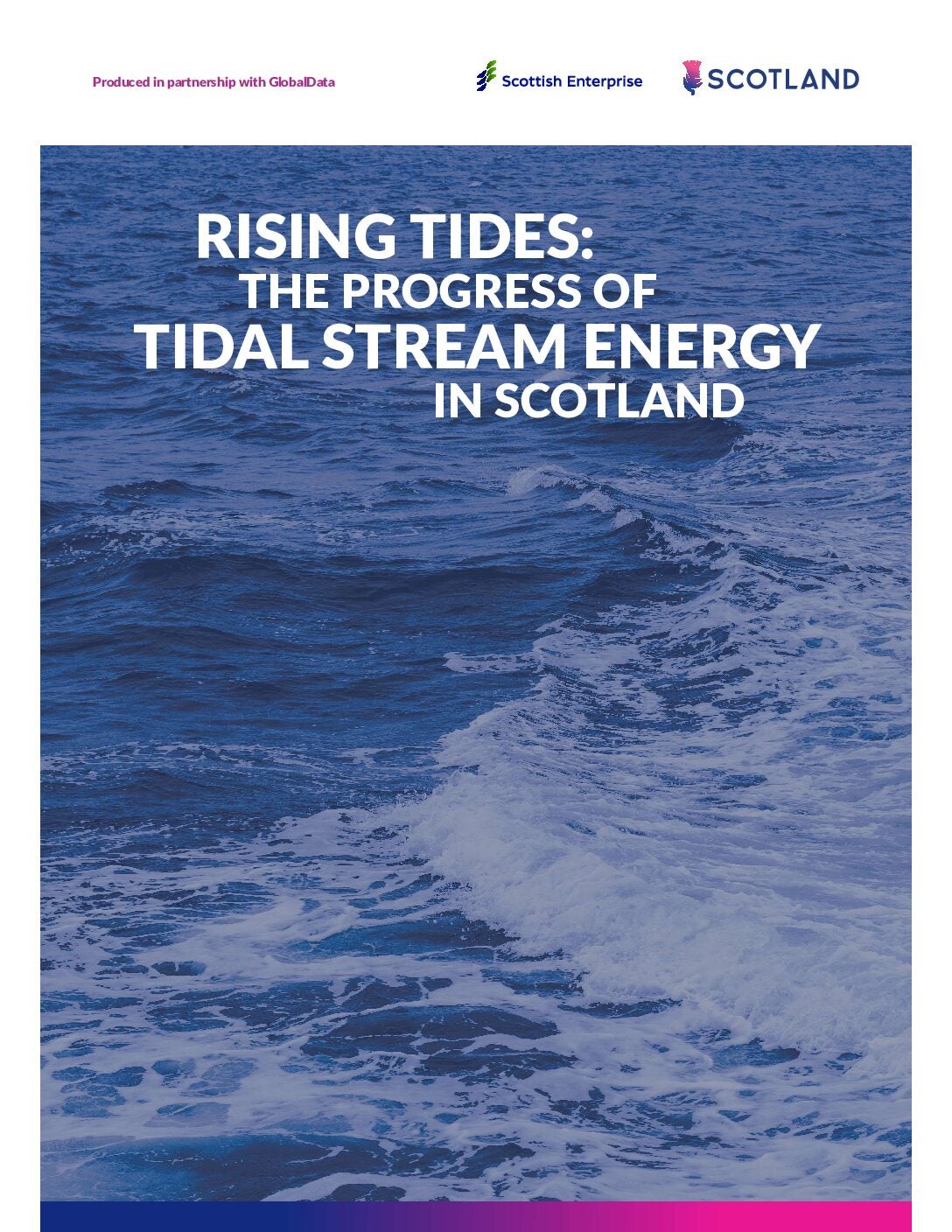
Germany’s solar and wind power installations broke records in 2023, data from trade associations shows, but only solar photovoltaic energy hit government targets.
More than one million new solar power systems, generating a combined output of 14GW, were installed in Germany last year, a significant increase of 85% from 2022, the German Solar Industry Association (BSW) said on Tuesday, citing data from the Federal Network Agency. The increase in photovoltaic capacity, largely driven by a boom in residential solar demand, has put the industry on track to meet the government’s solar power targets for 2030.

Discover B2B Marketing That Performs
Combine business intelligence and editorial excellence to reach engaged professionals across 36 leading media platforms.
BSW added that the sector expects high demand to continue through 2024, with more than 1.5 million private residential properties expected to install solar power systems in the coming year.
“We expect a sustained solar boom in 2024. As the solar industry, we will continue to make our contribution to climate protection and meet the government’s goals for photovoltaics,” BSW managing Director Carsten Körnig said.
He added that bureaucracy surrounding renewables installations must be relaxed further if growth targets are to be met. “Further measures to speed up the process are required in order to upgrade the electricity and heating networks more quickly, to feed them with even higher solar shares and to make them available at any time with the help of larger storage capacities,” he said.
Approximately 3.7 million solar systems are now installed in Germany. Collectively, these produced around 62,000 gigawatt-hours of electricity last year, 12% of the country’s total consumption.

US Tariffs are shifting - will you react or anticipate?
Don’t let policy changes catch you off guard. Stay proactive with real-time data and expert analysis.
By GlobalDataNearly half of the nation’s newly installed solar output in 2023 came from the home sector, with 31% coming from ground-level solar parks.
The growth in residential installations has been ongoing since early 2023, when BSW-commissioned surveys found that more than half of private property owners in Germany would consider storing self-generated solar power. It also found that the number of solar power storage systems in the country had increased fivefold over the past four years.
Despite on-target growth in solar capacity, Germany’s wind power industry continues to lag behind targets, even though awarded tenders reached record highs in 2023, the country’s wind power association, BWE, said last week.
Struggles with slow permitting in Germany and across the EU, as well as rising costs and insufficient subsidies for wind companies, have hindered wind power development and output. According to data from Power Technology parent company GlobalData, in 2022 Germany had eight-times more wind capacity stuck in the permitting phase compared with that successfully under construction.
“Despite all the records and good initiatives, we have not yet succeeded in achieving the very ambitious goals. On the one hand, this is because new laws are not yet fully effective, and on the other hand, because important laws are still missing,” BWE head Baerbel Heidebroek said in a statement.
Currently, Germany has a target set for 80% of its energy mix to be made up of renewables – solar, wind, biomass and hydroelectric power – by 2030. Last year, it hit 52%.






